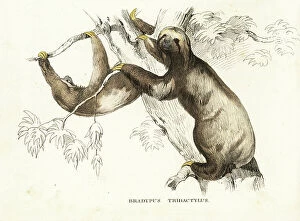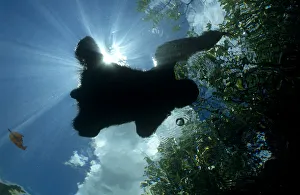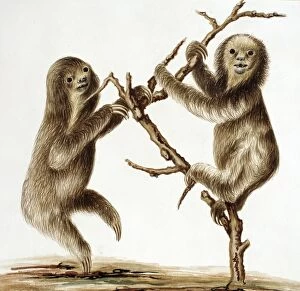Bradypus Tridactylus Collection
Bradypus tridactylus, also known as the pale-throated three-toed sloth, is a fascinating creature native to South America
All Professionally Made to Order for Quick Shipping
Bradypus tridactylus, also known as the pale-throated three-toed sloth, is a fascinating creature native to South America. These slow-moving mammals spend most of their lives hanging upside down in trees, using their long limbs and curved claws to navigate through the dense rainforest canopy. Despite their sluggish appearance, they can surprisingly agile climbers and can move quickly when necessary. They have a unique digestive system that allows them to efficiently break down tough leaves and plants, which make up the majority of their diet. These gentle creatures are solitary animals, only coming together for mating purposes. Female sloths give birth to one offspring at a time after a gestation period of around six months. The young sloth will cling to its mother's fur for several months before venturing out on its own. Unfortunately, Bradypus tridactylus is facing threats from deforestation and habitat loss due to human activities. Conservation efforts are underway to protect these incredible animals and ensure they have a future in the wild. Next time you see a picture or video of a sloth hanging lazily from a tree branch, remember that it is likely a Bradypus tridactylus - an amazing species deserving of our admiration and protection.











